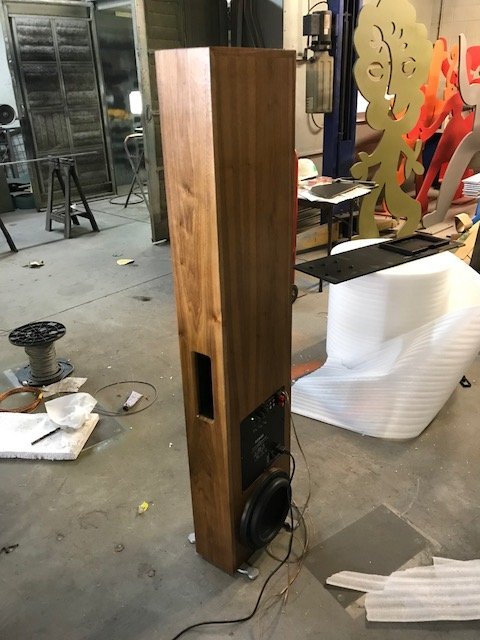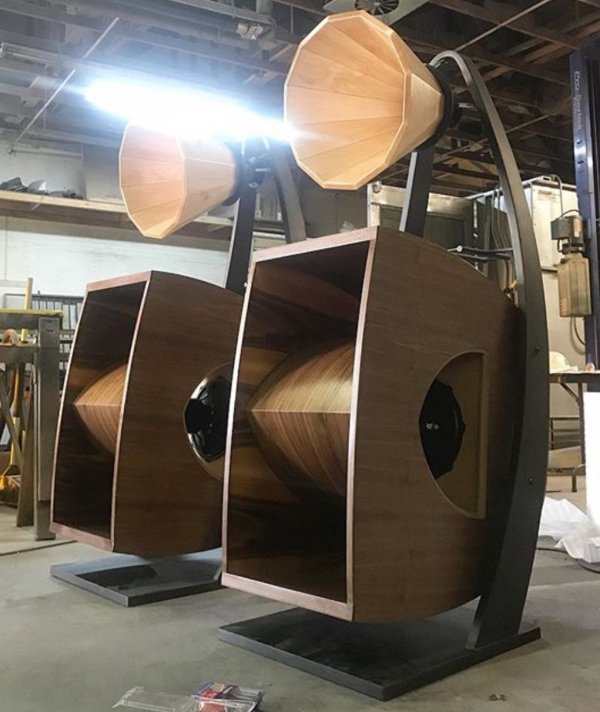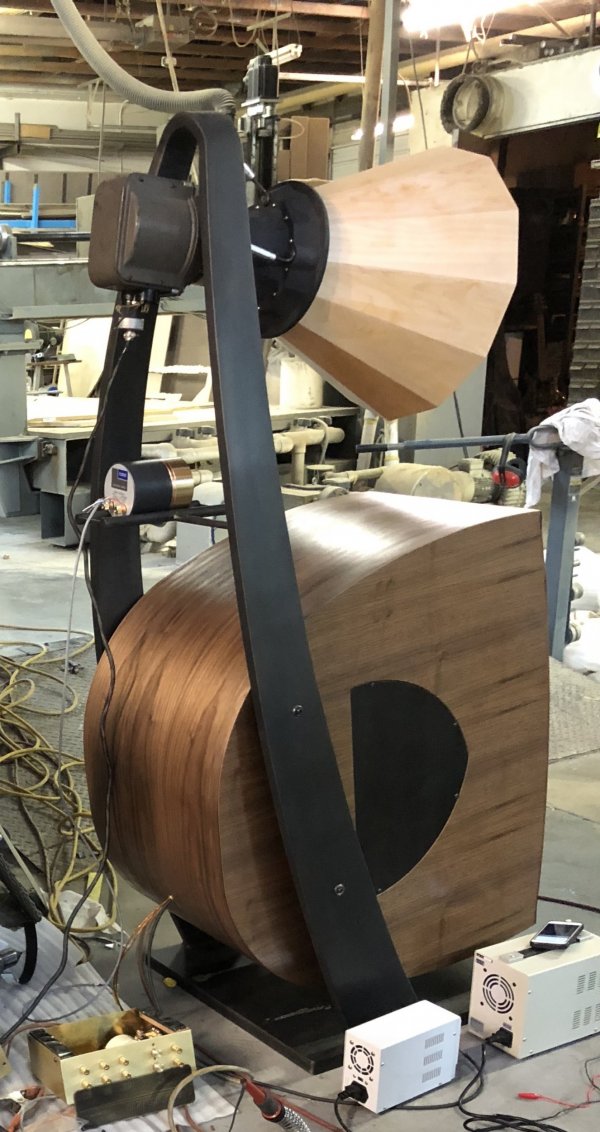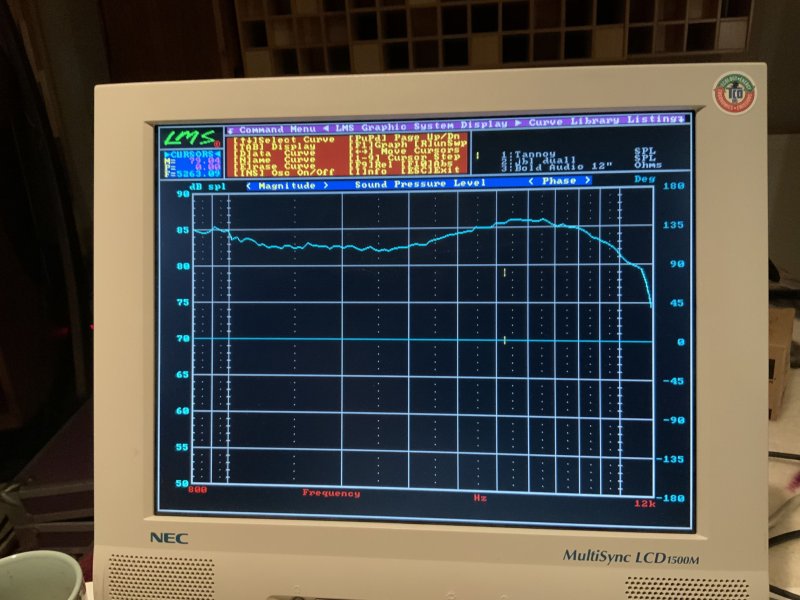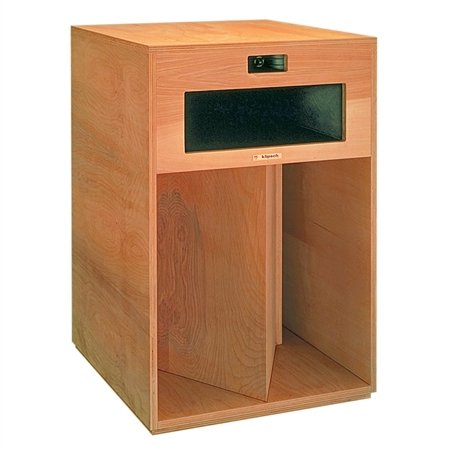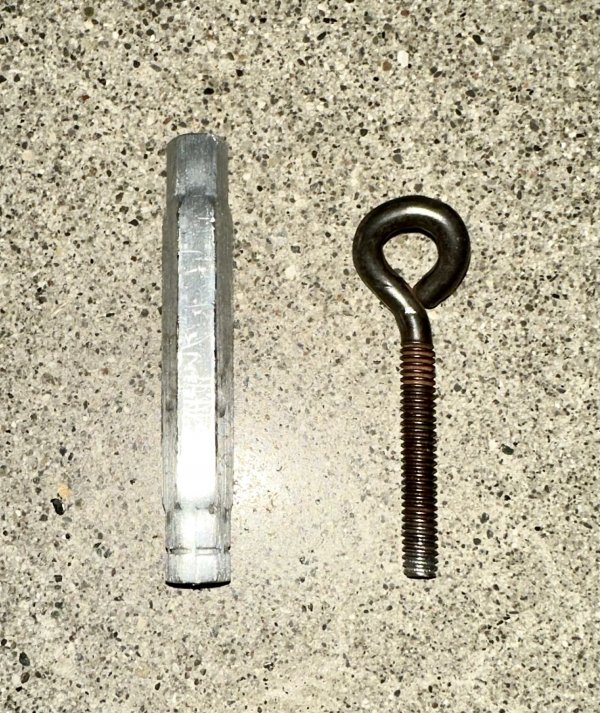After nearly 7 years, I think it's time to create a thread for my journey, in the hopes that it may inspire or help others with their own audiophile ambitions. My hypothesis was that world-class reproduction could be achieved in a small (~11'5" x 12'8" x 7'8) room. I think I have achieved it. I will post more photos and videos of playback over the next few months.
While my audiophile journey started many years before, the desire to create a world-class (almost) no holes barred system for my media room started with a visit to Oswald's Mill Audio (OMA) in Brooklyn and reading their (now removed) DIY meet summaries ("OMA Tastings"). If you have never heard a well-designed horn system close this window and go and find one, then come back. OMA has a beautiful showroom in Brooklyn. You should also listen to the Klipsch Jubilee at HiFi Loft in NYC (I have no affiliation and have never been). Be careful with horns from other manufacturers - not saying there aren't others, but it's more hit than miss.
While my audiophile journey started many years before, the desire to create a world-class (almost) no holes barred system for my media room started with a visit to Oswald's Mill Audio (OMA) in Brooklyn and reading their (now removed) DIY meet summaries ("OMA Tastings"). If you have never heard a well-designed horn system close this window and go and find one, then come back. OMA has a beautiful showroom in Brooklyn. You should also listen to the Klipsch Jubilee at HiFi Loft in NYC (I have no affiliation and have never been). Be careful with horns from other manufacturers - not saying there aren't others, but it's more hit than miss.
Last edited:








